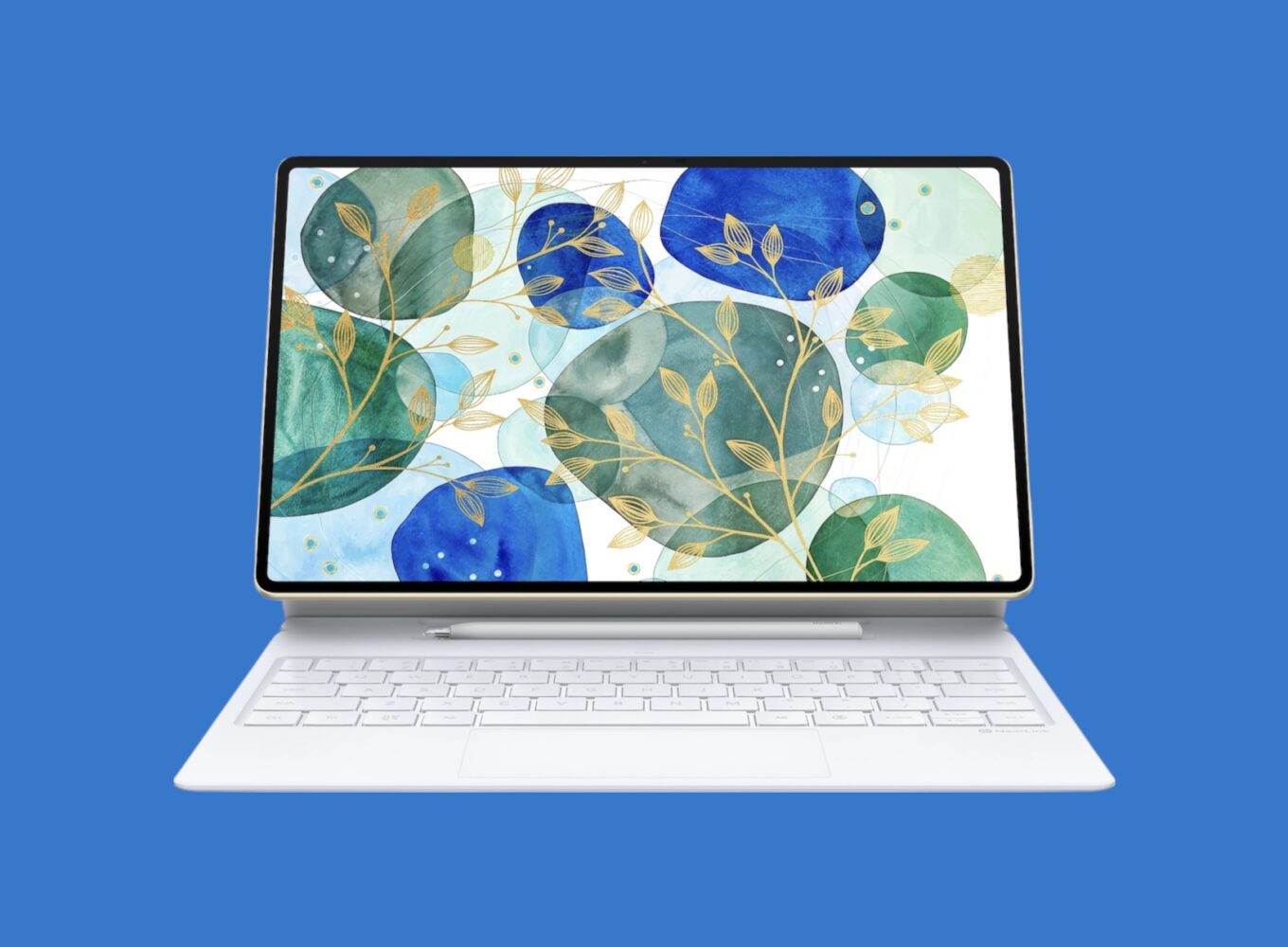It’s great to see WD really stand through the storage industry for reliable hard drives and solid state drives. When they acquired Sandisk late last year, the SanDisk team released what we call the WD Blue and Green line of SSD’s. I happened to get the WD Blue 1 TB (WDS100T1B0A-00H9H0), an internal SSD aimed at PC build enthusiasts, gamers and creatives.
Let’s have a look at form factor, there’s two. The traditional 2.5in internal SSD and the M.2 2280 form factor. the M.2 has the same speeds as the 2.5 inch variant and come in 250 GB , 500 GB and 1 TB sizes. As it stands, prices range from AED 400 to AED 1100 depending on the size you want. Of course, it’s worth pointing out that SSD’s are generally worth their weight in volume, literally. There’s definitely a lot of competing drives that you can get and it stands to reason that WD is on the expensive spectrum in terms of price per GB. The 250GB is, of course, good value. Keep going higher and it’s likely you’ll buy this if you’re standing by WD’s reputation, which I think is excellent. Prices do vary in different markets.

What’s Inside ?
The WD Blue SSD is built on a TLC (triple-layer-cell) technology, meaning it writes three bits of data to one cell. TLC technology is the cheapest form of NAND flash and is often seen as a slower NAND flash technology that is also more prone to drive failures. A lot of companies, including WD use TLC but the WD Blue has something called SLC (single-layer-cell) cache technology that boosts performance and makes it last longer. It’s also a low power drive that consumes very little energy, so laptop users can see this as an upgrade to their system as the average active power use falled at 70mW. It throttles performance in case of the drive overheating. The 1 TB WD Blue I used comes with 931 GB of real world capacity. WD says it will be able to last 400 TB of written data

Performance
WD have done a stellar job with the WD Blue but keep in mind, consumerism is king and the market’s pretty crowded for one king to rule to hill. WD find themselves at a farmer’s market of chip of drive manufacturers with nearly similar specs of memory controllers and NAND flash technology. While PC builders on a budget will be looking another way, most PC builders who are familiar with WD’s brand image will opt for it. It’s a great performer and with the drive coming in last year, and now in the local markets in the first quarter of 2017, it’s worth looking at it now. Plugging it in for the first time, the WD drive wasn’t recognized at first but

Benchmarks
I used Crystal DiskMark5.2 to test the WD Blue and used it in some real world scenarios, before I get into the benchmarks, I used it to store all my design and video editing software, some games and transferred files from my current crucial SSD which stores my OS files. Load times were blisteringly fast.

CrystalDiskMark benchmarks showed that the WD Blue will give you consistent performance and can be used to store large files but you’ll face a bit of a speed drop if you keep using it for transferring smaller files. Games loaded up pretty quickly, so I can safely say this is a gamer’s drive through and through. With most games averaging 35-40 GB you’ll be able to store multiple games as opposed to putting that one game on your SSD and the rest on the HDD. However while it does outperform most drives but not by much.
Verdict
Honestly, there are a ton of drives out there with a great price per GB value. If you’re struck out with a limited budget to build a high end PC, I can see most users looking at drive manufacturers like Crucial or even Samsung Evo. The WD Blue is best suited for those who are purists of the brand. WD offers a three year warranty which should cover for most of its life cycle. WD also includes a driver software that keeps track of your SSD and gives the user some knowledge on its current state. WD has made the bold claim it will outlast its competition and it can take quite a beating as endurance ratings should give you a reasonable life cycle of up to a decade.
A price drop would make this an irresistible must have, at least for the 1 TB variant. If you’re not a stickler for space, consider the 250 or 500 GB variants of the WD Blue.




